Autonomous cars, autopilot, self-driving vehicles – you might've heard several different names for this developing tech, but what do they all mean? Are there cars on our roads today without humans holding the wheel, or is it just a glorified cruise control?
This guide will talk you through everything you need to know about autonomous vehicles (AVs). We'll cover what they are, how they work and the autonomous options currently available to you. Sadly, you're in for a bit of a wait if you're after a car that will whisk you home from the pub at the press of a button.
What is an autonomous vehicle?
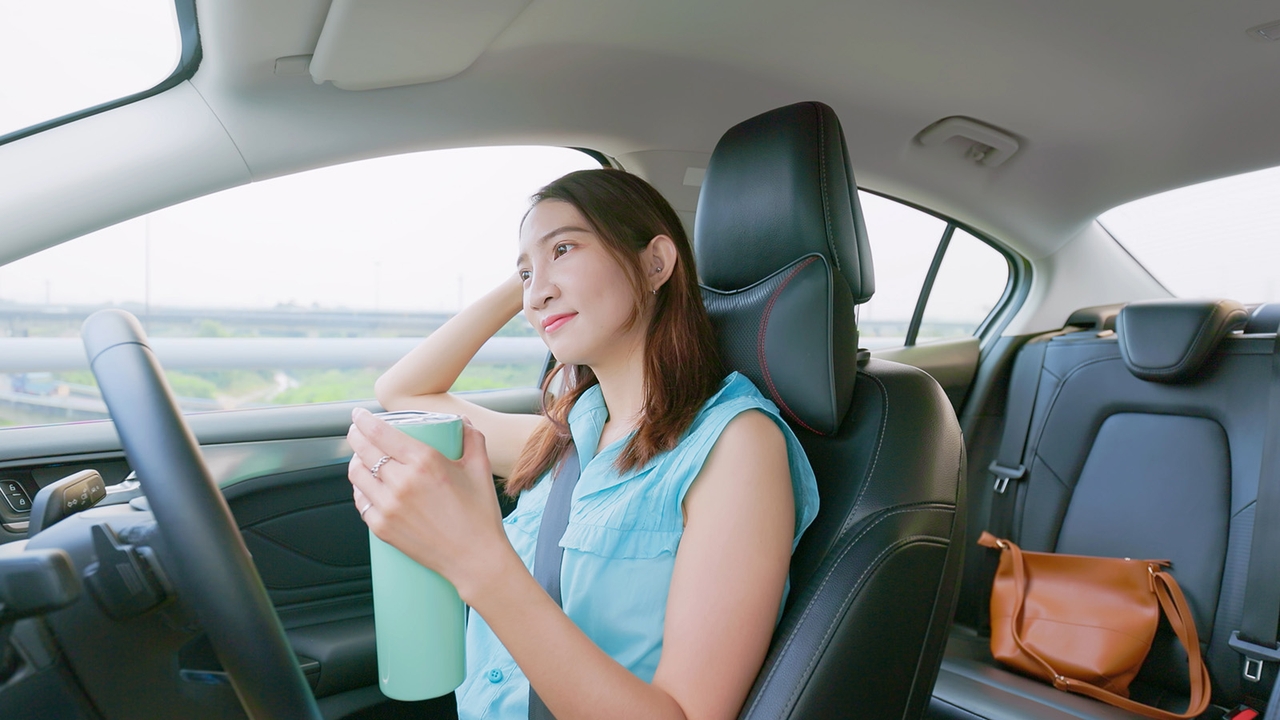
An autonomous vehicle is one that can – to a certain extent – drive itself. That means an on-board computer controls the steering, brakes and accelerator, and decides how to safely proceed down the road.
Companies use the term 'autonomous' very broadly. It's been used to describe anything from regular cars that can drive on the motorway with a human paying close attention, all the way to futuristic pods that don't have human driving controls of any kind.
It's important to remember that not all autonomous vehicles are equal. Nearly every modern car on sale that claims to have an autonomous driving function still requires the human driver to pay attention at all times – with that human held responsible if the car crashes while operating autonomously.

Currently, a tiny handful of models have been certified to a level of autonomy that allows the human driver to take their eyes off the road while the vehicle drives itself. These systems currently only work either in stop-start traffic or on the motorway – two driving environments that are relatively predictable.
Some companies are trying to develop fully autonomous vehicles that drive themselves in all circumstances with no human input. These are still years away from widespread use and are unlikely to be sold as private vehicles – instead, it's much more likely that transport companies such as Uber will operate networks of these vehicles, while you summon one using an app on your phone.
How do autonomous vehicles work?
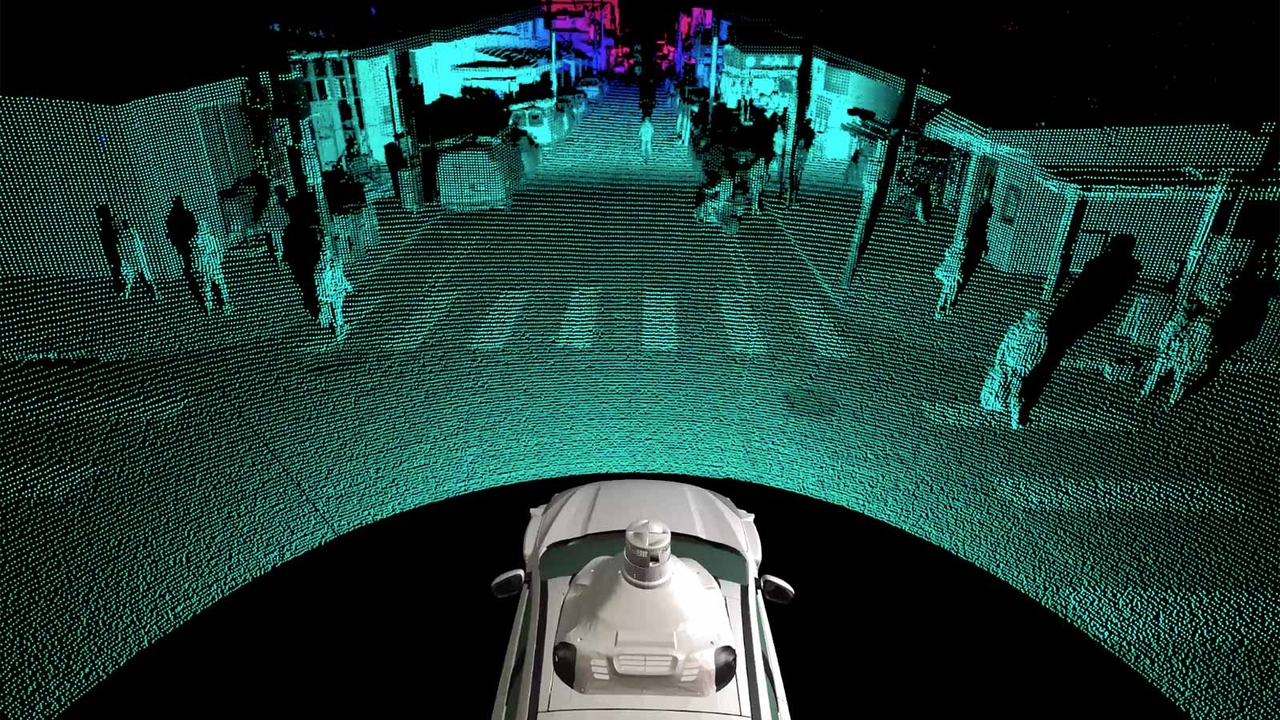
Autonomous vehicles start by using a bunch of sensors to detect the world around them. These sensors are usually a mix of regular video cameras, radar detectors, light-based LiDAR detectors, and ultrasonic detectors like those used for parking sensors.
Using these sensors, the vehicle's onboard computer can build a picture of the world around it. Clever software then plots a safe path for the vehicle through the environment and reacts to any unexpected changes, such as a car or pedestrian suddenly blocking its path.
Is autonomous driving legal in the UK?

Yes. Although there are rules governing its use. All autonomous systems currently fitted to cars sold in the UK are legal to use, as carmakers are only allowed to fit systems that already comply with the country's road rules.
Almost all these systems, however, require you to pay attention at all times and be ready to immediately take over if the system does something dangerous or fails to react to an obstacle. If the autonomous system crashes or drives dangerously while you're watching over it, you'll be the one facing the consequences.
The UK's Government changed the rules in 2023 to permit 'hands-off' driving. This technology is limited to sections of the UK's motorways and, at the time of writing, only Ford has gained approval to use the system on its Mach-E electric SUV. This still requires the driver to pay full attention, but uses an interior camera to make sure their eyes stay on the road, rather than trying to sense their hands on the steering wheel.
What cars have autonomous driving?
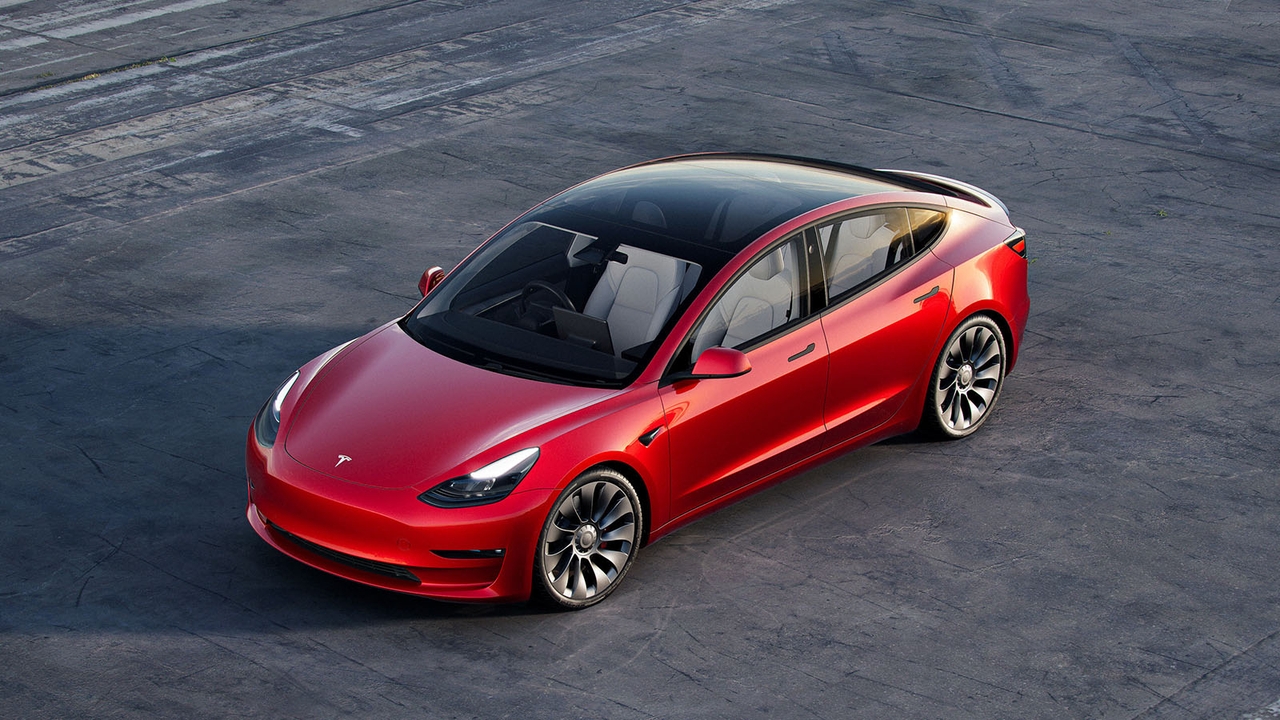
Several carmakers have now launched semi-autonomous driving systems. The one most people are familiar with is Tesla's Autopilot, because it was the first large-scale deployment of this technology. However, you'll also find similar systems from other brands, with common examples including:
- Audi – Adaptive Cruise Assist, Traffic Jam Assist
- BMW – Driver Assistance Professional
- Ford – BlueCruise
- General Motors – Super Cruise, Ultra Cruise
- Mercedes – Drive Pilot
- Nissan – ProPILOT
What are the different levels of autonomous driving?
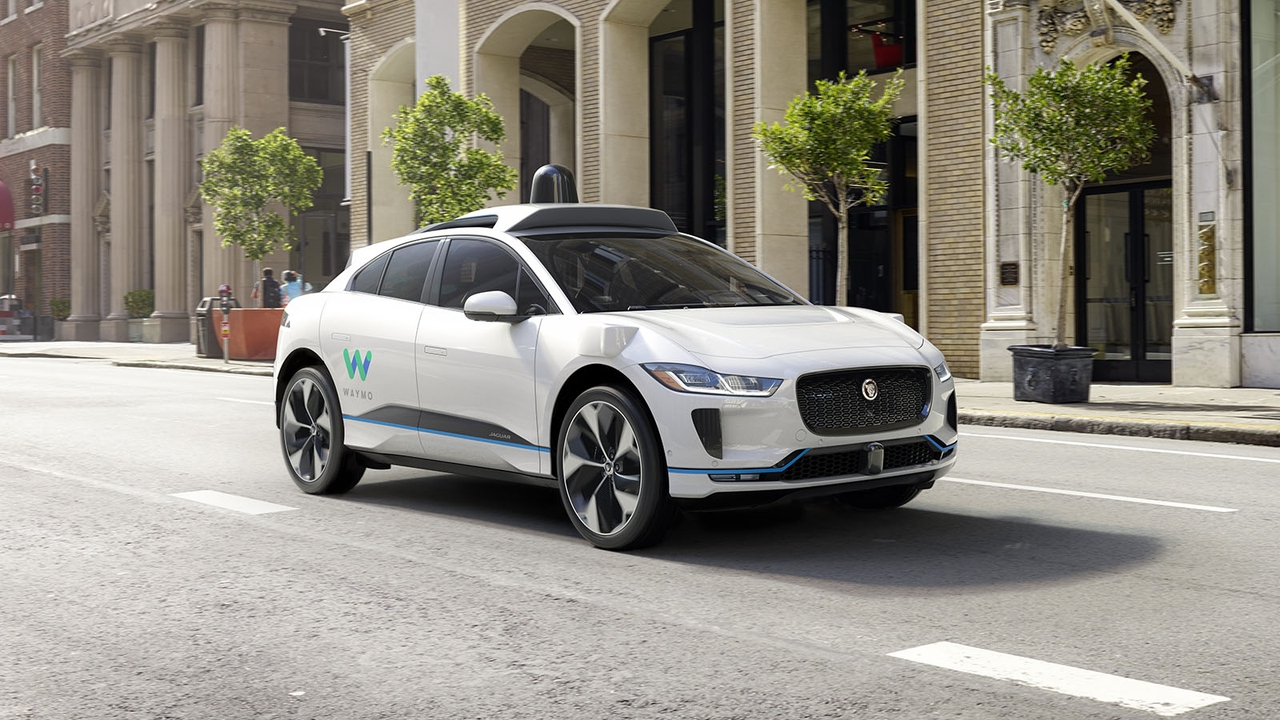
We use six levels to describe how autonomous a vehicle is, with level 0 being completely human-driven with no autonomous systems, and level 5 being completely autonomous in all circumstances with no human intervention. There are some fairly nerdy distinctions between the levels, so we'll summarise them below in plain English:
- Level 0 – no autonomous driving system at all. The human driver is in control at all times and is responsible for the vehicle.
- Level 1 – the autonomous system operates one of the car's main controls. This mostly refers to adaptive cruise control where the system adjusts the car's accelerator and brakes in response to traffic conditions ahead. The human driver controls the steering and is responsible for the car.
- Level 2 – the autonomous system operates all the vehicle's main controls, adjusting the steering, accelerator and brakes to safely drive down the road. Systems like Tesla Autopilot and Ford's BlueCruise fall into this category. The human must monitor the car at all times and is responsible for its actions.
- Level 3 – the system controls the vehicle like level 2 but, in very specific circumstances, the driver may take their eyes off the road to read or watch a video. This is usually limited to either crawling through traffic or travelling on well-mapped motorways. The driver must be able to take over when asked if the system can't work out what to do but, in the event the driver doesn't respond, the car will drive to a safe stopping place, activate the hazard lights and phone the emergency services.
- Level 4 – this is much closer to what we think of as a 'self-driving car'. These are the robotaxi pods or heavily modified passenger cars you may see being tested by companies such as Waymo, Cruise and Zoox. Level 4 vehicles can stop, go and steer entirely by themselves and require no human interaction or monitoring. They are limited by 'geofencing', which restricts them to one area such as a single city. These probably still need years of development before they become a common fixture in cities and, to date, only a handful of companies have begun trial level 4 testing operations.
- Level 5 – this is the highest level of autonomy and describes a vehicle that drives itself at all times, in all circumstances with absolutely no human input. To date, no vehicle has achieved level 5 autonomy and doing so might be such a complex task that making the jump from level 4 to level 5 essentially never makes financial sense.
What level of autonomous driving are we at?

Currently, the majority of autonomous driving systems available to the public are level 2. That means they can control the car on roads they were designed to operate on, but require constant oversight by the driver.
There are a very small number of cars from brands including Mercedes and Honda that are certified to operate as level 3 autonomous vehicles. This means the driver can take their eyes off the road in very specific circumstances such as in a traffic jam or on a motorway.
Are we ready for autonomous driving?
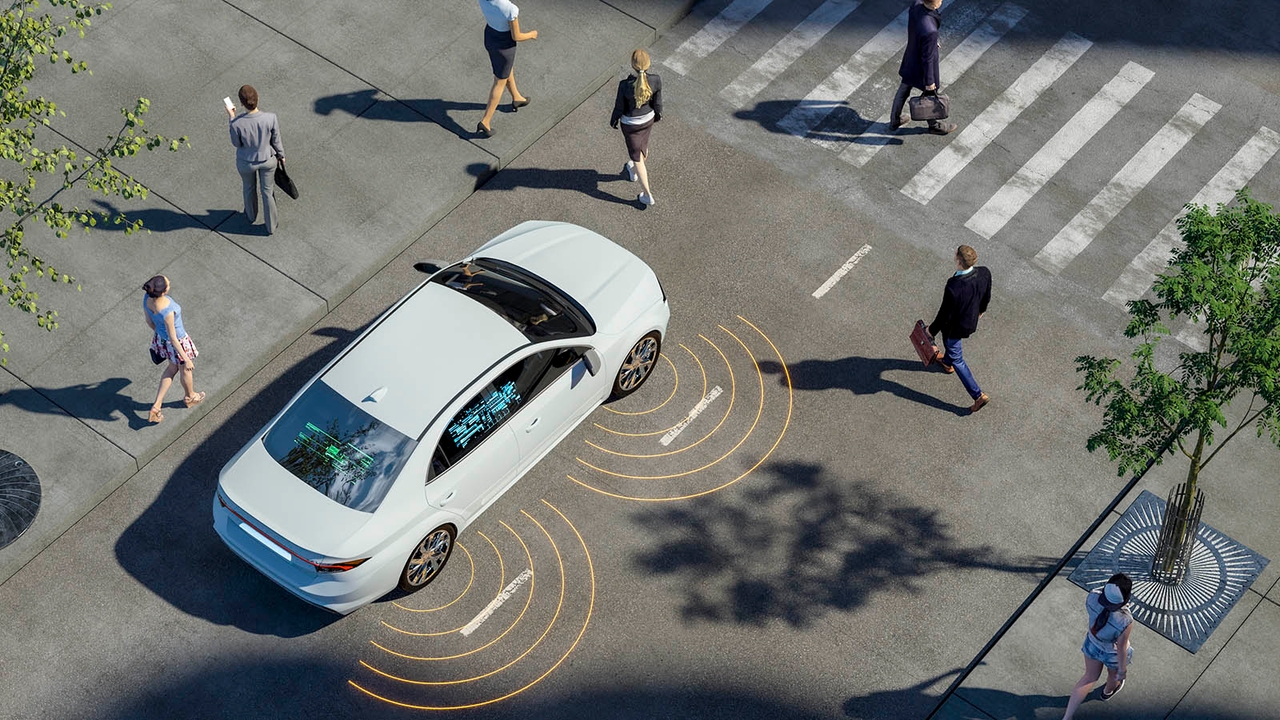
That's a somewhat bigger question than this guide is equipped to answer. Some voices in the auto industry have said roads must be adapted to make it easier for autonomous vehicles to operate – such as placing reflective signs at important junctions – whereas others have said autonomous vehicles must be designed to cope with roads as they currently are.
Regardless of whether society is ready for autonomous vehicles, a lot of big companies have now committed billions of dollars to AV projects, so it's a safe bet to assume they'll be heavily incentivised to bring them to market. Transport companies like Uber are especially keen to develop autonomous vehicles because it means they could offer the same service more profitably by not paying human drivers.
Fancy a self-driving car of your own?
While you can't quite have a fully autonomous car yet, there are loads of options on the market that have level 2 semi-autonomous systems available. Check out high-tech nearly new cars from the likes of Tesla, Mercedes and BMW. Check out our favourite motorway cars to see models so easy to drive, you could be fooled into thinking they're doing it themselves.

































